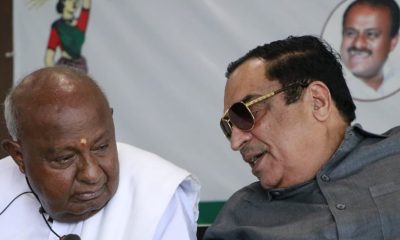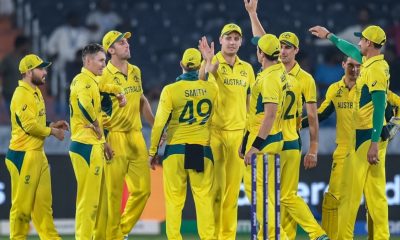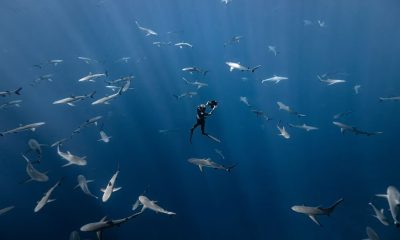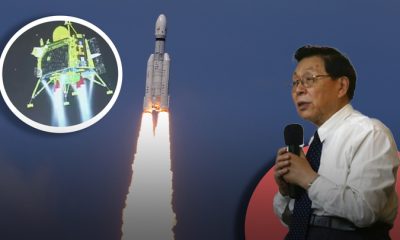As NASA gears up for its Artemis II mission to send astronauts to the Moon, a recent report from the NASA Office of Inspector General (OIG) highlights some critical issues with the Orion spacecraft that need attention.
The report, released on Wednesday, raises concerns about the readiness of the Orion capsule for crewed missions. One major issue revolves around the spacecraft’s heat shield, which experienced unexpected chipping during its reentry into Earth’s atmosphere after the Artemis I mission in 2022.

The report revealed that the heatshield chipped from more than 100 locations and the erosion was way higher than what engineers expected. During the re-entry, the Artemis I Orion endured temperatures up to 2,760 degrees Celsius while travelling at a speed of nearly 40,000 km per hour.
ALSO SEE: What Went Through NASA’s Office When Artemis 1 Lifted Off? This Inspiring Video Answers

“The Artemis I test flight revealed critical issues that need to be addressed before placing crew on the Artemis II mission,” the report said highlighting the ‘significant risks’ posed by a few other components that underperformed.
Another worrisome finding relates to the separation bolts of the crew capsule, which exhibited unexpected melting and erosion after reentry, leading to increased heating inside the bolts. Additionally, anomalies in Orion’s Electrical Power System were recorded after the Artemis 1 mission.
ALSO SEE: Artemis II Astronauts’ Ride Is Coming Together Ahead Of Historic Moon Mission; NASA Shares Pics
Artemis 2 is targeted for 2025 where four astronauts will make a trip to the Moon and return without landing. It is no brainer that ensuring the reliability of Orion’s components is extremely important for the safety of the crew members.































